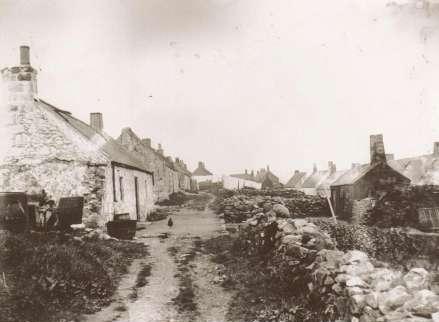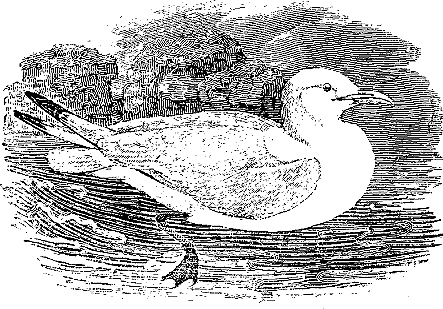
Kittiwake |
 The
Kittiwake is a member of the Gull family and looks similar to a Herring
Gull, only smaller with sharper features. Their name is derived from the
sound they make – a loud “kitti-waak kitti-waak”. If you find yourself
in a colony that includes multiple varieties of seabirds then the sound
of the Kittiwake is likely to be the loudest and most predominant
amongst them.
The
Kittiwake is a member of the Gull family and looks similar to a Herring
Gull, only smaller with sharper features. Their name is derived from the
sound they make – a loud “kitti-waak kitti-waak”. If you find yourself
in a colony that includes multiple varieties of seabirds then the sound
of the Kittiwake is likely to be the loudest and most predominant
amongst them.
They are not as prominent along this coast as they used to be, in the past it was possible to find small colonies on the smaller cliffs around “Through Gang Point”, “Downies Haven” and along the route south of “Findon Ness”. We saw this decline happening in the late 1970’s when one year there seemed to be about half the normal colony size nesting at “Through Gang Point” and the year after that there was nothing at all. In fact they have never returned to any of these former nesting sites in the intervening 30 years.
 Kittiwakes do still nest along our coast but nowadays they are more
likely to be found on the high cliffs north of Findon Ness near
“Earnsheugh” or south of Downies on the higher parts near “Kail Pots”
but it’s very unlikely
Kittiwakes do still nest along our coast but nowadays they are more
likely to be found on the high cliffs north of Findon Ness near
“Earnsheugh” or south of Downies on the higher parts near “Kail Pots”
but it’s very unlikely
 that they will ever return to the gentler and
less cliffy coastline between Findon and Downies.
that they will ever return to the gentler and
less cliffy coastline between Findon and Downies.
Kittiwakes generally lay two or three eggs and they nest on cliff ledges which are mainly inaccessible and difficult to reach, in fact some nests appear to be almost “glued” to sheer cliffs through the overspill of their guano. It’s a telling fact that we rarely ever attempted to get close to a Kittiwakes nest because of the difficulty in reaching them, the fact that the birds themselves often became animated, angry and swooped at you if you got anywhere near them was also an off-putting factor.